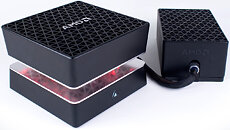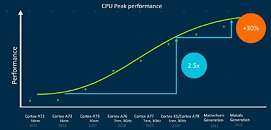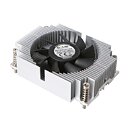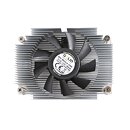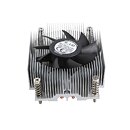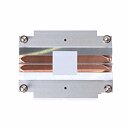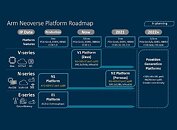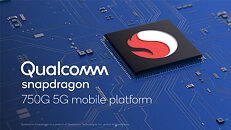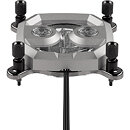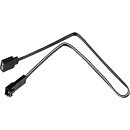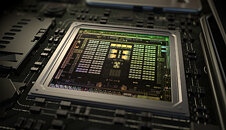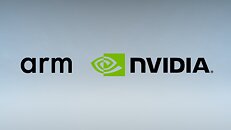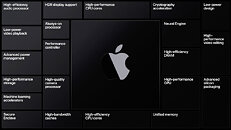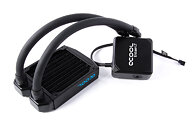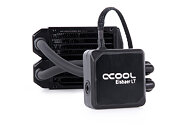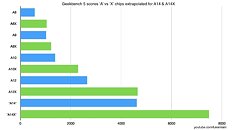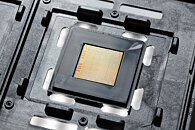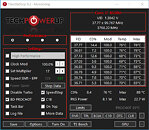CORSAIR announces more new products each year than most companies, and this often means that marketing resources get devoted to the high-ticket items more often than not. Their custom watercooling line, the Hydro X Series, is not always one of them and so we end up seeing quiet updates without a press release or even a direct note from their representatives to the media. With the new NVIDIA GeForce RTX 3000-series cards coming in three different categories as far as custom watercooling goes (reference, Founders Edition, AIC-variants), we took the weekend to briefly check what the usual custom watercooling suspects were up to.
A page on the CORSAIR website confirms, among other things, that Hydro X GPU blocks are on the way for at least the reference PCB, if not more.
More interestingly, we noted that the Hydro
XC7 and
XC9 CPU blocks had been updated in more ways than one. We have detailed reviews of both (
XC7,
XC9) for those who want to see, and our review of the
iCUE Nexus also showed a rebranding in the making for the company. The updated CPU blocks carry the new wordmark design for the logo on all 5 SKUs and, more importantly, change the mounting mechanism to allow for a captive system with new thumb screws that should make installation even easier on all Intel and AMD CPU sockets. This should bring with it increased compatibility with crowded m-ITX motherboards as well, and we see it reflected in the additional 719 motherboards in the compatibility list relative to before. Finally, a motherboard ARGB LED adapter is now included in the packaging, so you can use the integrated lighting with motherboard LED headers and control software, should you not want to pony extra for CORSAIR's ecosystem. Pricing for the Hydro XC7 is now $5 higher and the same as the XC9, which is confusing given it uses fewer fins on the cold plate and, the launch versions at least, employed a plastic trim compared to the metal on the XC9. We have contacted the company for clarification on this, and will update the post as we receive more information.
[Update, September 16: CORSAIR has a new photo for their example GPU block that looks suspiciously like it is meant for the FE RTX 3000-series cards. Note also the revised I/O port terminal which should help address some concerns people had about the previous design.]




